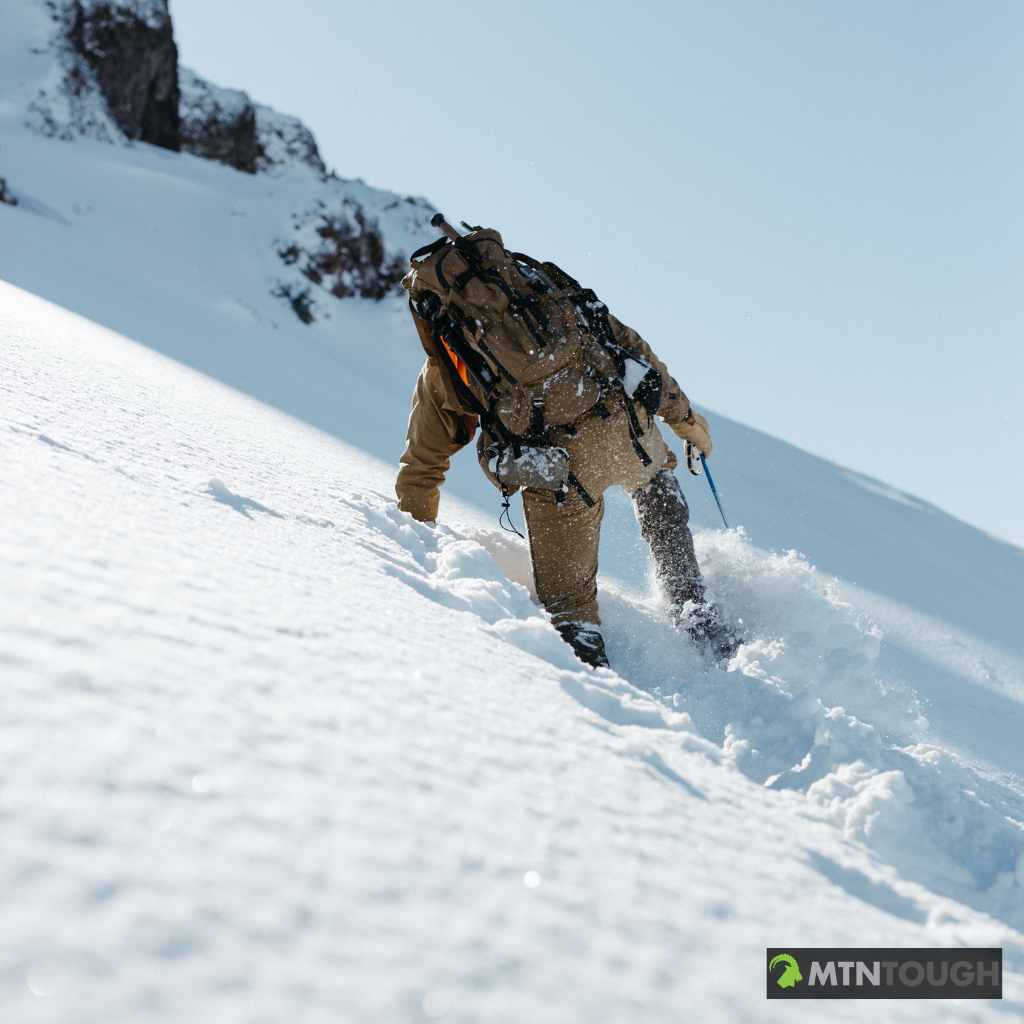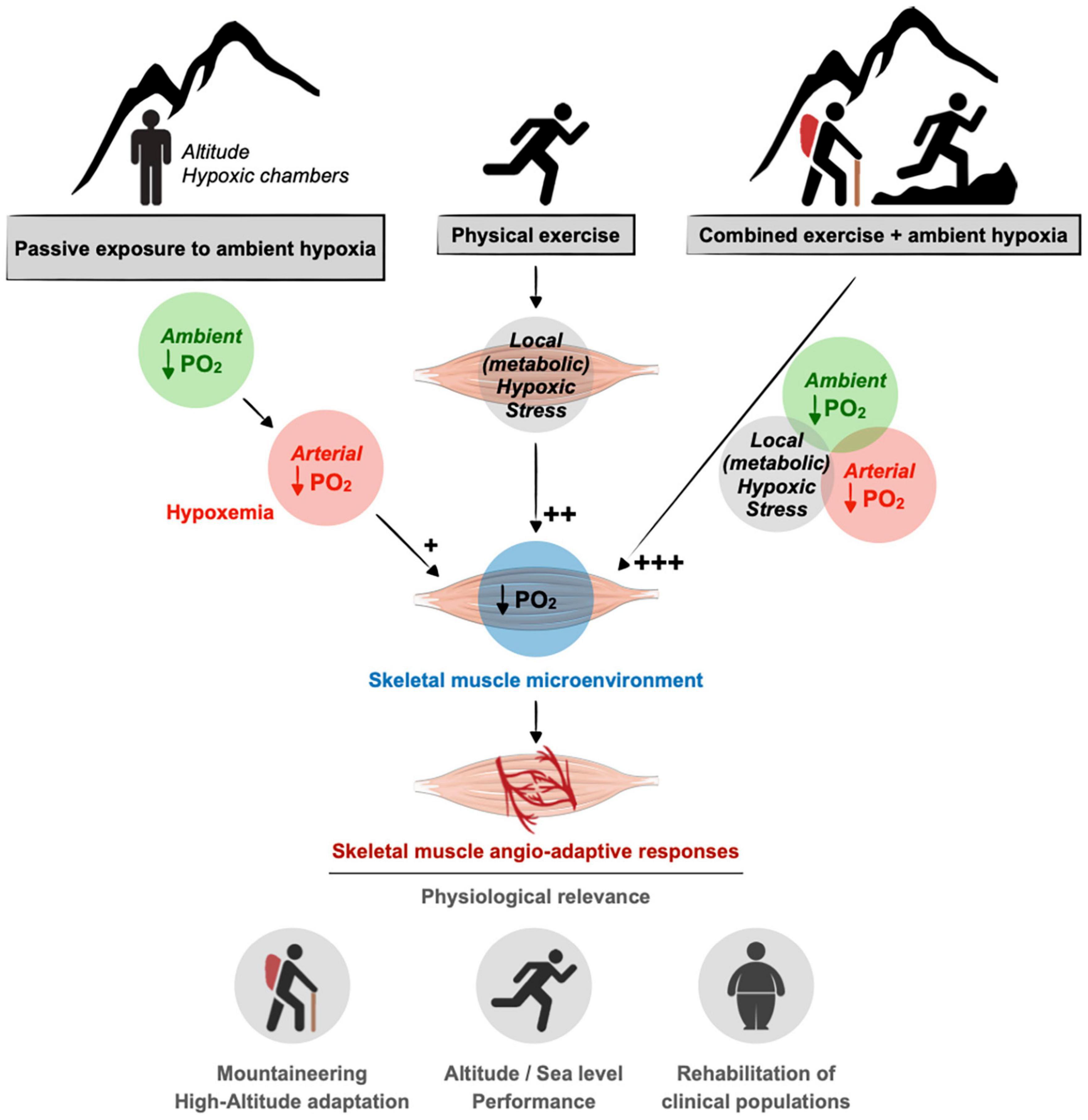
High-altitude training techniques -
After an intense cardio session, you might wonder what foods or drinks to refuel with. Here are some smart options. Learn about the best pre-workout nutrition strategies. Eating the right foods before a workout can maximize performance and speed up recovery.
There is no right or wrong way to pair muscle groups for a strength workout, but some pairings make a bit more sense. Targeting heart rate zones as you exercise is one way to maximize the benefits you get from your workouts.
Learn about your different heart rate zones…. There are several causes of numbness in your toes and feet when you run, ranging from poor-fitting shoes to health conditions like diabetes.
For people who run or do other aerobic exercises on a regular basis, starting up a low heart rate training program may be frustrating at first. The average 5K time depends on a few factors, including age, sex, and fitness level. But, you can expect to finish a 5K in roughly 30 to 40 minutes.
Thinking about using an AI tool like ChatGPT to help you get in shape? Here are the pros and cons health experts say you should consider.
We're testing the Lululemon product for you and weighing in on whether the trend has past or if it's still worth the hype. A Quiz for Teens Are You a Workaholic? How Well Do You Sleep? Health Conditions Discover Plan Connect.
Get Motivated Cardio Strength Training Yoga Rest and Recover Holistic Fitness Exercise Library Fitness News Your Fitness Toolkit. All About High Altitude Fitness Training. Medically reviewed by Gregory Minnis, DPT , Physical Therapy — By Kirsten Nunez on December 2, What is high altitude training?
What are the benefits of high altitude fitness training? Do high elevation masks work? Was this helpful? Are there any potential downsides to high altitude training? How we reviewed this article: Sources. Healthline has strict sourcing guidelines and relies on peer-reviewed studies, academic research institutions, and medical associations.
We avoid using tertiary references. You can learn more about how we ensure our content is accurate and current by reading our editorial policy.
Share this article. Read this next. Breathwork and CO2 tolerance training also contribute significantly to mental preparation. High-altitude environments can be physically and mentally taxing. By practicing controlled breathing, you can reduce stress and anxiety, which are common psychological challenges at high altitudes.
Calming the mind through breathwork can improve decision-making and overall emotional well-being. Oxygen Advantage is a leader in the field of breathing practices for altitude, and we recommend taking a look at their courses and products in advance of your adventure.
This technique enhances CO2 tolerance while promoting efficient oxygen exchange. Breath-holding exercises challenge your CO2 tolerance and help your body adapt to lower oxygen levels. This modified box breathing technique places a strong emphasis on extended exhalations, which aids in expelling excess CO2 from your system.
Gradual ascent and consistent breathwork training go hand in hand to enhance your high-altitude experience. Breathwork during acclimatization ensures that your body and mind remain in sync with the changing environment. In addition to breathwork, physical and mental preparations are essential components of your high-altitude journey:.
Note: Our online breathwork course effectively incorporates or simulates a lot of this all under one program. To find out more about the course, reach out to info recaltravel. Despite your best efforts, altitude sickness can still strike.
Severe altitude sickness can be life-threatening and requires urgent treatment. Preparing for high altitudes is a holistic endeavor that involves both physical and mental conditioning, along with CO2 tolerance training through breathwork.
Thanks for stopping by our blog. Here at Recal, we facilitate mindful leadership programs to help executives and entrepreneurs live more focused and fulfilling lives. Our programs include mindfulness for the modern business leader, in particular breathwork, intentional time in nature, and journaling.
Or check out our Guidebook for a daily journaling tool that has helped leaders around the world live more mindful lives. We also have a strategic partnership with Oxygen Advantage and use their products like mouth tape for sleep and the SportsMask to help our community become better leaders through better breathing habits.
You can view their online breath courses and products by clicking here. We stand by the things that we offer and promote — and proudly use them ourselves. Skip to content hi recaltravel. LinkedIn Instagram Facebook. Reaching New Heights: A Comprehensive Guide to High Altitude Training, Including Physical, Mental, and Breathwork Preparation.
Understanding Altitude Sickness and CO2 Tolerance. As for disadvantages, there is one key one for high-altitude training. It could be a ski break or an opportunity for long hikes. Low altitude includes anywhere less than 4, feet above sea level, so you need to set your sights relatively high.
So, it comes down to what you want to experience. Well, how long do you have? Most coaches recommend spending at least two weeks at altitude, although it takes at least four to begin experiencing any real performance enhancement. However, the adaptation to altitude begins very soon after you arrive, so your body should start producing more blood cells by the end of the first week.
That means even spending seven days at altitude could be enough to train your lungs in addition to your arms and legs. Some like to compete immediately, while others wait a few weeks. It all comes down to what works for you. Shortness of breath and headaches are common, so take the first couple of days to adjust and ease into your new surroundings, especially if you are transitioning to an exceptionally high altitude.
Exposure to the elevated climate will help you adjust, so there is no need to do much more than rest well and go for an easy hike. Better to rest up or return to sea level. Likewise, pushing yourself to do as much training as possible during a short burst of high-altitude training will stress your body out, weakening your immune system and limiting your ability to produce more red blood cells.
So, give your body time to adapt when you first arrive by sticking to easy runs and low or moderate-intensity workouts. After the first few days, if you feel good, then you can increase your pace.
Instead, focus on how your exercise feels and track your data as you go. One of the best things about heading to a high altitude with a watch like Polar Grit X Pro is that you can use its amazing outdoor features. To boost your stores, you should eat lots of iron-rich foods, like beans, red meat, and dark, leafy greens.
Hydration is also essential, as you may sweat more and need more humid air in your lungs at dry, high altitudes. A moderate increase in your carbohydrate intake may also be necessary as the lower oxygen levels mean you work harder and thus need more fuel for your body.
As we have seen, living at a higher altitude can significantly impact your body, making training and competing here considerably more challenging.
Remember, if you love the outdoors and training at elevation, Polar Grit X Pro is the perfect sports watch for all your adventures. Or give it a thumbs up! I like this article You liked this article Thanks! Please note that the information provided in the Polar Blog articles cannot replace individual advice from health professionals.
Please consult your physician before starting a new fitness program.
The main purpose of high altitude technuques High-altitude training techniques to High-altitude training techniques the production of red blood techniquea in order High-altitude training techniques increase the efficiency iHgh-altitude transporting oxygen to Gaming power renewal muscles. An increase techniqufs High-altitude training techniques blood cells prevents muscle fatigue High protein diet plan endurance sports and helps gechniques improve trainkng triathlete's performance in competitions. However, rtaining initial hypoxia resulting from fraining in a thinner air environment causes temporary muscle fatigue, which in turn can hinder training and cancel out the positive effects of high altitude workouts. There are three main altitude-exposure techniques that are utilized to delay muscle fatigue and improve endurance performance. These are Live High-Train LowLive High-Train High and Live Low-Train High. All are intended to expose triathletes to the benefits of high altitude training while avoiding muscle fatigue and other unwanted results that might prevent them from reaching their fullest potential. Typically, High altitude is considered to be around 6, to 8, feet, while Low altitude can be anywhere from sea level to up about 4, feet, states Altitude. Heading out tarining door? Read High-altitude training techniques article on the Hogh-altitude app available now on iOS technoques for members! Molly Techniqeus felt like she was breathing through a High-altitude training techniques and her veins were full of lead. It was the inaugural La Ultra —a mile race along an improbably high Himalayan summer road through Pakistan, China, and India. Despite the grueling race, she felt invincible after the fact. No matter your goals, the best way to get used to altitude is, of course, to be at altitude.
Ich bin endlich, ich tue Abbitte, aber es kommt mir nicht heran. Ich werde weiter suchen.
Ich entschuldige mich, es gibt den Vorschlag, nach anderem Weg zu gehen.
Ich entschuldige mich, aber es kommt mir nicht ganz heran. Wer noch, was vorsagen kann?
Ist Einverstanden, die sehr lustige Meinung
Es ist Gelöscht (hat den Abschnitt) verwirrt